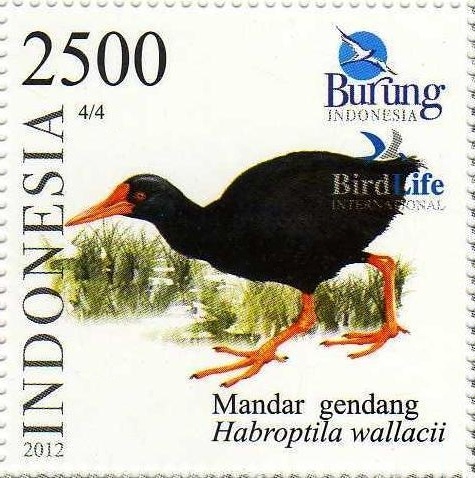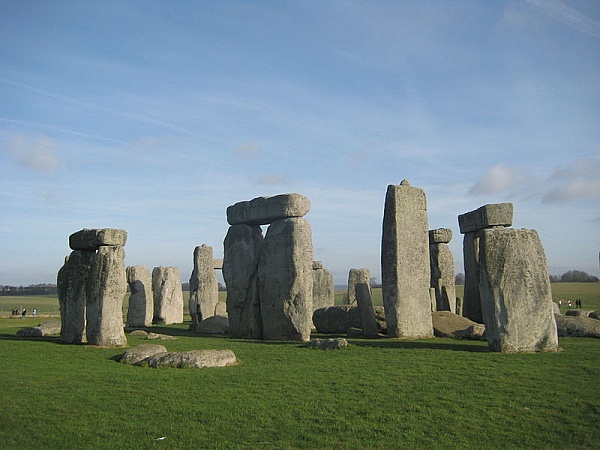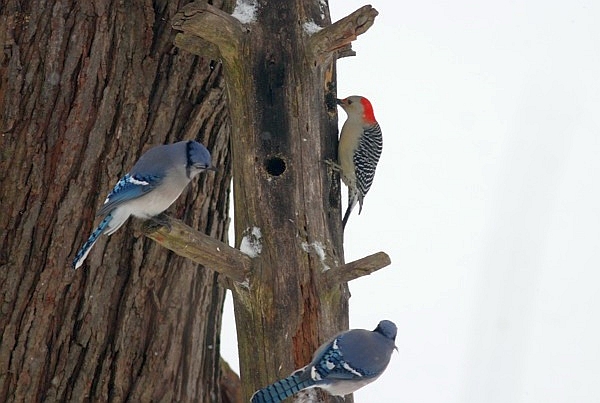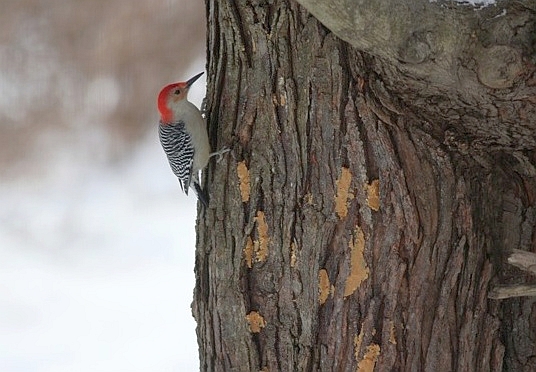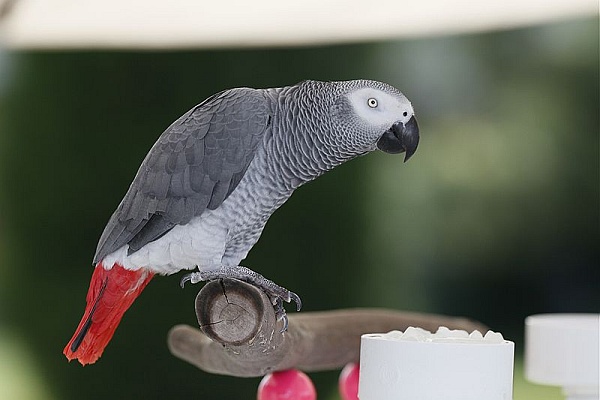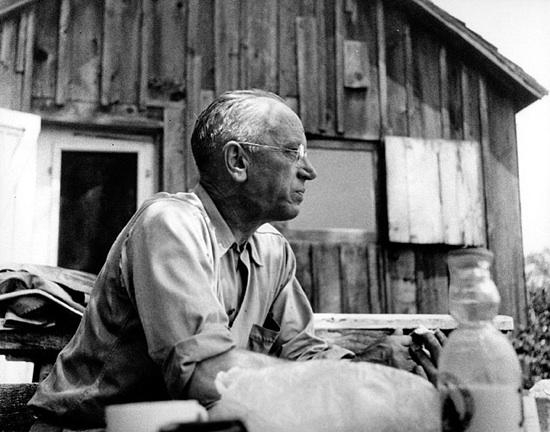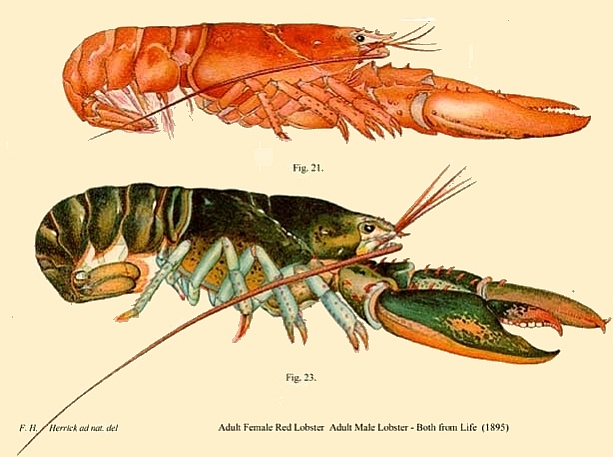UPDATE ON 6 JULY 2017: When I wrote this article in 2015 I thought the merger was imminent but as of 6 July 2017 the American Ornithological Union has still not accepted it. I still need to see a hoary redpoll for my Life List.
UPDATE ON 21 JUNE 2019: I saw hoary redpolls on the Teller Hwy near Nome, Alaska. Life Bird!
In Cornell Lab of Ornithology‘s eNews I encountered the only case of species “lumping” I’ve ever been glad to see.
Researchers from Cornell Lab’s Fuller Evolutionary Biology Program tested the DNA of 77 hoary and common redpolls and found that hoary redpolls and common redpolls have no differences at all across much of their genomes. Just to make sure, Nicholas Mason and Scott Taylor examined 235,000 regions of the genome, not just 11, and they tested DNA of the lesser redpoll of Eurasia. The lesser redpoll is the same as well.
What we’ve been calling three species are merely variations in color and size. Other species vary, too. Humans, for instance.
Now that the weight of DNA evidence merges hoary, common and lesser redpolls into one species it’s only a matter of paperwork, review, and voting at the American Ornithologists’ Union to make this official.
I’ll be happy when its done. I’ve seen common redpolls but not hoary ones, and now I won’t have to go out of my way to find a hoary redpoll unless I’d like to see his beautiful pale feathers. This simplifies my winter travel plans considerably.
Read more here about the only redpoll in Cornell Lab’s All About Birds blog.
(photo of a (formerly) hoary redpoll at left and common redpoll at right by dfaulder via Wikimedia Commons. Click on the image to see the original)

